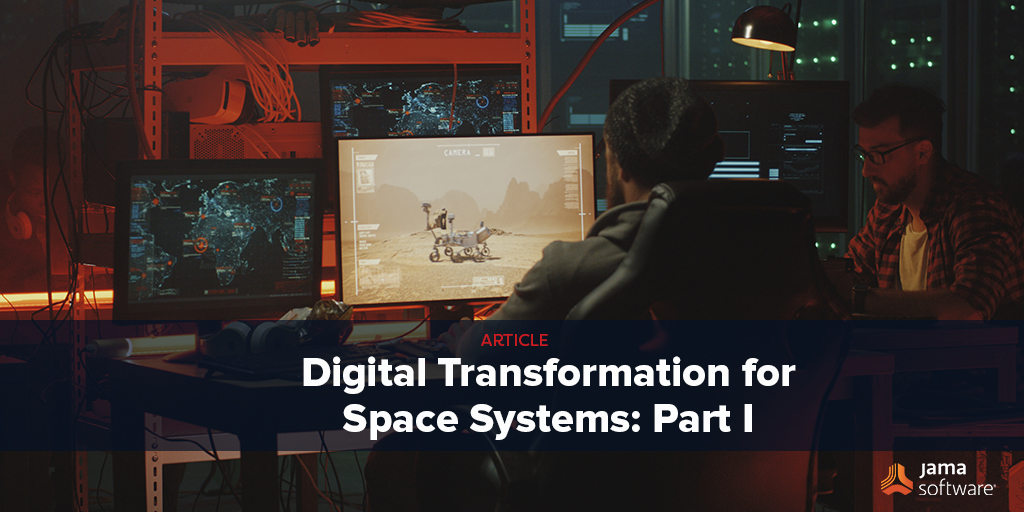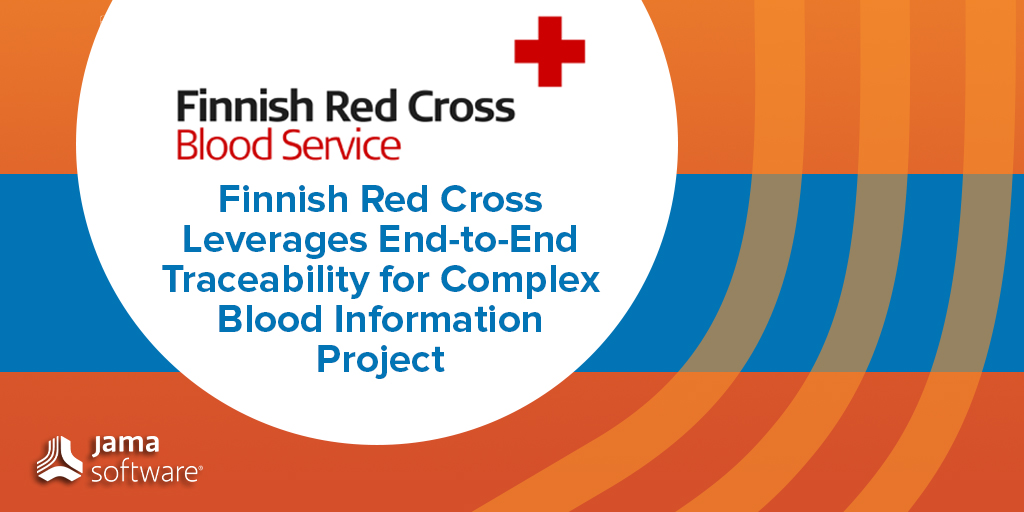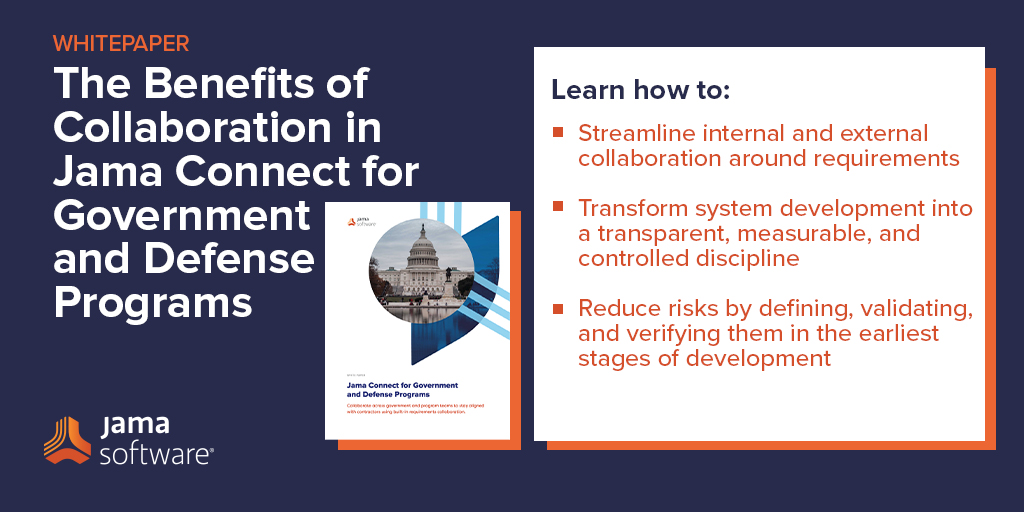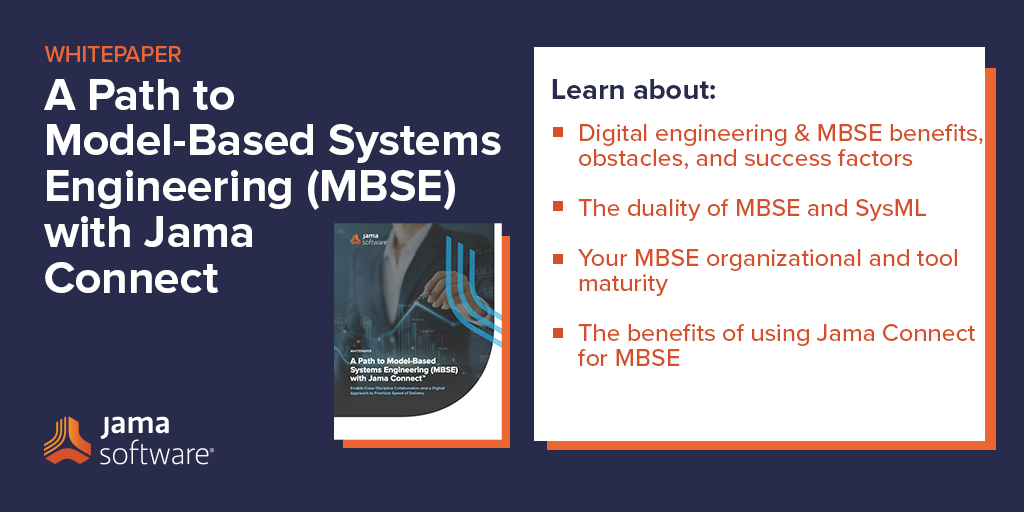Last month we held a webinar with two of our in-house aerospace experts titled, “Transformative Airborne Systems Development.”
This webinar was well received by our customers building airborne systems, and we wanted to make sure nobody missed out on this great content. Below, you’ll find a recording of the webinar and an abbreviated transcript.
David Ewing: When we talk to our friends in the field, customers, peers, subject matter experts, we hear a lot about the increasing complexity required to design new products and systems. Some of the things we tend to hear, we hear about development cycles, they’re increasingly complex. And this is driving need for automation and more modern tools. Cross domain collaboration is not really happening very much, there’s different tools and processes in the different groups, and different domains, and things that they use that they really don’t play nice together.
The connected products and systems that we’re developing right now, they’re not just complicated, they also inject significant risk into the certification process. Ensuring compliance and safety systems is difficult and time consuming. That is just not changing, and all these different items it’s just piling on there. The regulatory environment is changing, we’re seeing changes coming from things like Urban Air Mobility and other technology drivers that’s driving changes to the regulatory environment.
And we’re really seeing rapid changes within the market itself. So there’s a number of different drivers that are changing the dynamics of system development. A couple of examples, the push into electric propulsion, it’s very rapid. Right now the improvements in battery technology is really driving down costs, and the idea of commercial hybrid electric flight is very much insight.
Technology is Driving Change in the Regulatory Environment
Urban Air Mobility, I mentioned that is one of the new things coming out in the last slide. Those vehicles are expected to accelerate over the next decade. However, there’s a lot of challenges that need to be worked out and the regulations need to be established. So back to that idea of the regulatory environment is changing over time. And this is to make sure things are air worthy, and also the use of the airspace itself over our heads.
So the question is, are you ready to meet these new challenges? Are your requirements tools and processes ready? So, I thought we’d take a look, a little bit of a walk through the idea of Requirements Management Maturity, just to set the table. The most basic approach that we tend to see is a document-based approach. And even if the documents are digital, your typical Microsoft Office formats, Word, PowerPoint, things like that. The utility to the firm is limited.
RELATED: MBSE Made Easy – Overcoming the Organizational Challenges
“Documents tend to get stuck in silos.”
Quite often things are just thrown into SharePoint. And this really doesn’t get you where you need to go. The visibility and collaboration across your organization is limited, those that are in the know, those that have the right access. And then we if we’re talking about scalability – well, it’s non-existent. I mean, think about having to bring together all the various domains, while managing the access control, the editing rights, revisions over time. It’s just not achievable. And compliance, it’s herculean. Folks have to throw massive amounts of time trying to pull together all this information from all these different sources, to try to present the package of information that’s necessary to achieve certification.
Legacy Tools Have a Limited Ability to Support Agile
The next area that we tend to see is the idea of legacy tools, and those using legacy tools tend to be very much straddled with outdated technology. The modern multi-domain system development processes, they’re not supported with legacy tools. And this extends into the world of software. We’re seeing software everywhere, everything has software in it now. Legacy tools have very limited ability to support variants of Agile, like say for or Scrum, depending on the flavor, the variant that your firm might use.
The Most Mature Process is Data-Centric
A data-centric approach isn’t just a goal– this is available today. Firms that are data centric, they’re able to ensure they have a single source of truth, they don’t have multiple versions of those documents that are floating around an email, or in shared folders, or different SharePoint collections. They’re able to use model based approaches to allow their teams to digitally model and relate information together.
This gains a lot of benefit from those digital connections of the different artifacts and information. You can extend this into integrations with the other systems in the design cycle, and there’s more than one tool used to design products. And being able to feed those requirements to the mechanical folks that use CAD, feeding it to the simulation folks that are doing high fidelity and low fidelity simulation, and downstream to the folks that are doing testing, this adds more value.
And this really feeds right into having those integrated and data centric processes. Those firms now have traceability. Now we can look back from the physical product, the finished product that comes off the assembly line with a serial number, we can look back to the individual design features that were determined, that are necessary along the way and back to the individual requirements that drove the decisions to design a product. And collaboration is enhanced, and is supporting real time feedback, knowing what’s going on, having modern capabilities like at-mentions, as you’re able to chat right within your tools, having the ability to review things in a much more robust manner.
Digital Transformation is the Goal for Most Airborne Systems Firms
If you want to lead the industry, and if you want to transform the airborne industry, digital transformation is a must. How are you going to get there with document-based legacy processes and tools. You’re not. If you want to change the game, you need to bring digital processes and data together. You want to use those to drive your innovation. That’s the definition of digital transformation.
Watch the full webinar to learn more about transformative airborne systems development.


 Digital transformation is an urgent priority for businesses in 2021. Many organizations accelerated their
Digital transformation is an urgent priority for businesses in 2021. Many organizations accelerated their 





